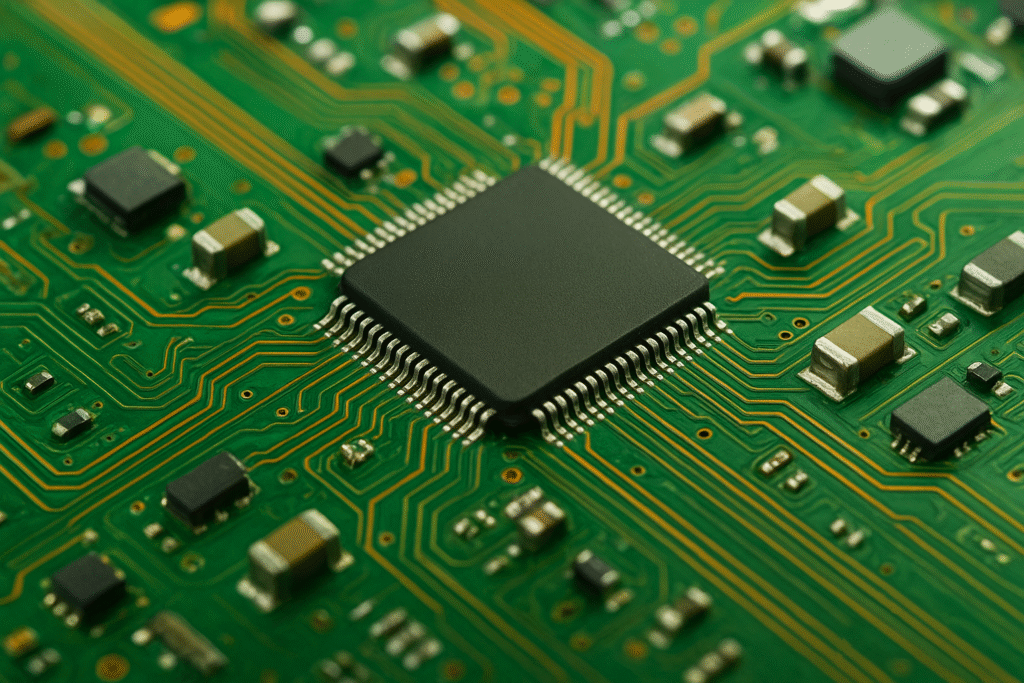
Technology never stops evolving. Some innovations emerge before the market is even ready, like the first tablet computers, which arrived before touchscreens became mainstream. Others are born out of necessity. USB Type-C, for example, simplified the confusing world of charging and data cables.
Today, the interconnect industry faces a similar turning point. The explosive growth of 5G networks, the Internet of Things (IoT), and artificial intelligence (AI) has created unprecedented demand for faster, more reliable data transmission. To keep up, engineers are exploring new signaling methods and connector designs that balance speed, efficiency, and signal integrity.
From NRZ to PAM4: A Smarter Way to Send Data
Traditional communication systems rely on non-return-to-zero (NRZ) signaling, which transmits data using two voltage levels. Each transition represents a single bit simple and effective, but limited.
Now, enter Pulse Amplitude Modulation 4-level (PAM4). Instead of two voltage levels, PAM4 uses four, doubling the data capacity without raising the transmission frequency. By transmitting two bits per cycle, PAM4 enables faster throughput while keeping systems efficient.
However, this leap in performance comes with challenges. The smaller “eyes” in PAM4 eye diagrams mean signals are more vulnerable to noise, crosstalk, and electromagnetic interference. As speeds climb, even tiny distortions or timing issues, known as jitter, can lead to millions of errors per second. That’s why maintaining signal integrity has become a top engineering priority.
The Role of Connectors in Preserving Signal Quality
Every signal travels along a chain of transmitters, cables, and connectors, and each link affects overall performance. Depending on distance and application, different solutions are needed:
- Long distances (rack-to-rack or data hall): Optical fiber is best due to its low attenuation and immunity to EMI. Though more costly, fiber ensures strong signal integrity across extended runs.
- Medium distances (top-of-rack to middle-of-row): Active copper cables are often used. These contain built-in electronics to preserve signals but require extra power and cooling.
- Short distances (within boards or chassis): Passive copper solutions shine here, offering compact and energy-efficient connections. However, only advanced connectors can handle the extreme data rates demanded by AI and cloud workloads.
Molex Mirror Mezz: A Next-Generation Connector
For today’s high-performance computing and data center needs, Molex Mirror Mezz connectors stand out.
- High Density: With up to 115 differential pairs per square inch, they maximize space while leaving room for other critical components.
- Superior Performance: Designed for 56Gbps NRZ and 112Gbps PAM4, they deliver excellent signal integrity.
- Reduced Complexity: A hermaphroditic, self-mating design cuts down on part count and simplifies the bill of materials.
- Flexibility: Compatible with flex cables, these connectors extend distances without sacrificing performance.
The Mirror Mezz Pro takes it further, supporting 112Gbps PAM4 for mainstream AI and cloud applications. Its low insertion loss and minimal crosstalk make it ideal for high-density, high-speed environments.
Conclusion: Balancing Speed, Power, and Reliability
Designing systems for AI, 5G, and next-gen data centers means solving a puzzle: how to achieve faster data rates while minimizing interference, loss, and energy use. PAM4 signaling provides the foundation, but advanced connectors like Molex Mirror Mezz ensure those signals remain clear and reliable.
As workloads continue to grow, these innovations aren’t just keeping pace, they’re shaping the future of high-speed communication.